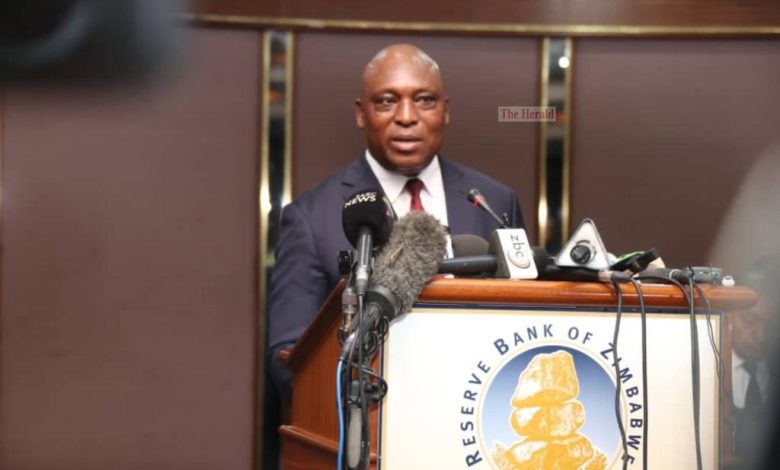‘Address shortcomings and mineral output will grow 11pc’
Players in the mining sector have the potential to increase the country’s mineral output by 11 percent in 2023, up from its initial projection of 7 percent, if all bottlenecks are addressed, experts said.
Depending on how the global economy develops, the country’s reliance on mining commodities could be a boon or a curse.
The mining sector currently makes up 73 percent of foreign direct investment, 83 percent of exports, 19 percent of government revenue, 2 percent of direct formal employment, and 11 percent of national income.
The country is envisioning a US$12 billion mining industry by 2023.
Of the US$12 billion, gold, platinum, and diamonds will contribute US$4 billion, US$3 billion and US$1 billion, respectively. Chrome, iron ore and carbon steel will contribute US$1 billion, while coal and hydrocarbons will do the same. Other minerals will contribute US$1,5 billion, while lithium will contribute US$500 000.
Accordingly, the country’s mining industry’s power requirements are expected to more than double in the next few years, in line with the country’s ambitious plan to raise mining output and earn the country US$12 billion a year.
The country requires about 2 200 MW of electricity to meet daily demand, but it is currently producing below capacity, resulting in power cuts. To augment local production, it imports power from Mozambique and South Africa.
Apart from energy deficits, the mining industry is faced with high-cost structures emanating from taxes, fiscal charges and foreign currency shortages.
“If these constraints have been addressed, the potential of mineral output is going to further increase from the baseline that we show of 7 percent growth by approximately 11 percent,” said Professor Albert Makochekanwa, an economist.
The power situation remains precarious. This comes as players in the mining sector are losing up to 20 percent of their production potential owing to power shortages, according to the Chamber of Mines of Zimbabwe’s 2022 State of the Mining Industry report.
Electricity shortages were also affecting those connected to dedicated power lines. However, more should be done so that power is allocated to the mining industry to ramp up production.
“Their retained profits, rather than funding further expansion or mining activities, means that some of the money goes to pay electricity, reducing their ability to do capital expenditure, improve, or expand.”
Mining executives raised concern about the increase in the electricity tariff to about USc12.21/ kWh. According to the survey results, USc10.2/kWh will be optimal for their operations.
University of Zimbabwe senior economics lecturer Dr Carren Pindiriri said the foreign exchange retentions are low and under pressure from market developments.
Under the Reserve Bank of Zimbabwe’s foreign currency retention policy, miners get 60 percent or 70 percent of their export earnings in US dollars in line with the export surrender requirements. The remaining 40 percent or 30 percent is then released in local currency at prevailing official exchange rates.
“There has been an increase in electricity tariffs to be paid wholly in foreign currency. So, it is a major cost to most of the mining firms.”
There is also uncertainty surrounding amendments to the Mines and Minerals Act. Gold usually does well in times of high economic uncertainty, but the outlook for industrial metals such as nickel, ferrochrome would be less positive.
The mining sector’s export revenue totaled US$4,5 billion in the first 10 months of 2022 and the mining sector has financed 70 percent of the country’s imports over the period. The mining sector has benefited from increased output and firming prices. Mining sector exports are poised to reach US$5,3 billion by year-end.-ebusinesweekly











